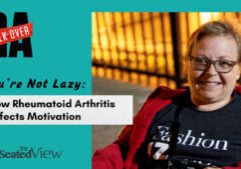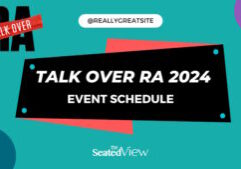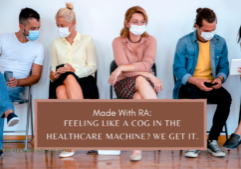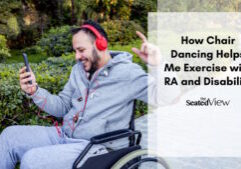The Woman Inside: Self Image and Disability
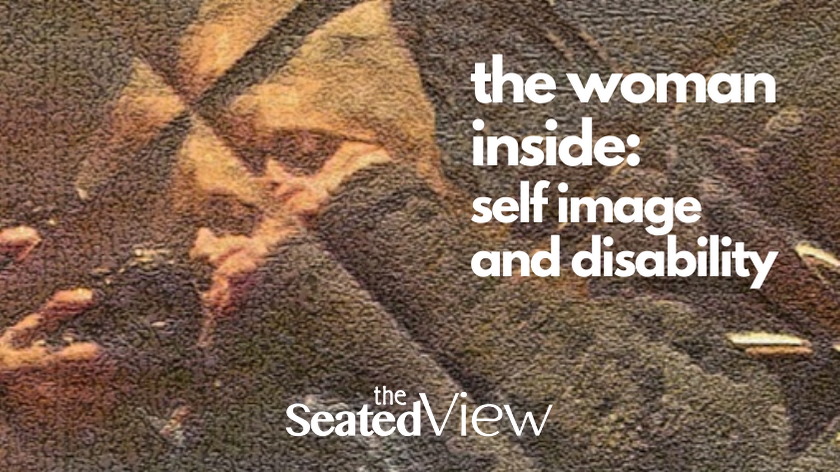
Updated May 2, 2021
Self-image is a funny thing. How many of us see our ourselves with any degree of objectivity and/or accuracy? Usually, it’s manifested along the lines of a body image that just never measures up — when will we learn that it’s not normal to look like a stick? — but every now and again, the warped idea of self goes in another direction. Earlier this week, a couple of things happened that has brought home to me just how out of whack my own self-image is.
First, I had yet another in the seemingly endless appointments to try to wrestle some seating apparatus into a shape that’d be comfortable for me so I can start using my new wheelchair (a.k.a. the sculpture in my livingroom) Who knew that finding a cushion that’s comfortable for your arse could be that difficult?
While discussing the frustrations of the lengthy process, the seating expert (and she is good), said that people with “a fair bit of skeletal deformities, who are very active, are the hardest to fit.” I don’t often hear the word “deformity” applied to me and every time, it stuns me. I used to think that it made sense in a medical context, a term used descriptively. But in the outside world, it’s loaded and it makes my head spin, no matter where I hear it. With what we know now about systemic ableism — yes, in healthcare, too — why not find a different, less emotionally loaded term? Was wrong with saying ‘joint changes,’ for instance?
Let’s talk about that emotional load. This version of my body with all the changes that have happened over the years is my normal and so, I see myself as such, whatever “normal” means. Hearing That Word shifts my perspective so much that I get emotional whiplash and it takes a while before I can see myself as not-deformed again.
While in the throes of the reeling after this particular incident, I looked up ‘deformity’ in the dictionary. The entry had definitions from several sources, all some variant of the following from Random House Unabridged Dictionary (as an aside – who’d buy an abridged dictionary??). That definition is as follows:
1. the quality or state of being deformed, disfigured, or misshapen.
2. Pathology. an abnormally formed part of the body
3. a deformed person or thing.
4. hatefulness; ugliness.
It’s the last one that does it. It’s why the word (and the condition) is often used in art and popular culture as an outward representation of an inner evil. That or its exact opposite — the misshapen physique hiding a saintly interior. There is no space to be a regular person when you’re pigeonholed like this.
Later the same day, my uncle took us out to dinner and included my bestie, Michele. At one point, she and I were messing around, bugging each other like only people who’ve known each other forever can do, and she puts up her hands, ready for a fight. And then I said, with a distinct swagger in my voice, “you wanna take it outside?” In that brief moment, completely assured that I can take her.
Now, aside from the standard facts, such as height and weight (I’m shorter and lighter), there is my disability. Y’know – the one that has fairly seriously affected my mobility, flexibility and strength for over 40 years. Oh, and did I mention that Michele has a black belt in karate? Yet, in a shining second of complete delusion, I knew I’d win the fight.
Sometimes, I wonder what I’d look like if the inner me could be manifested outwardly…
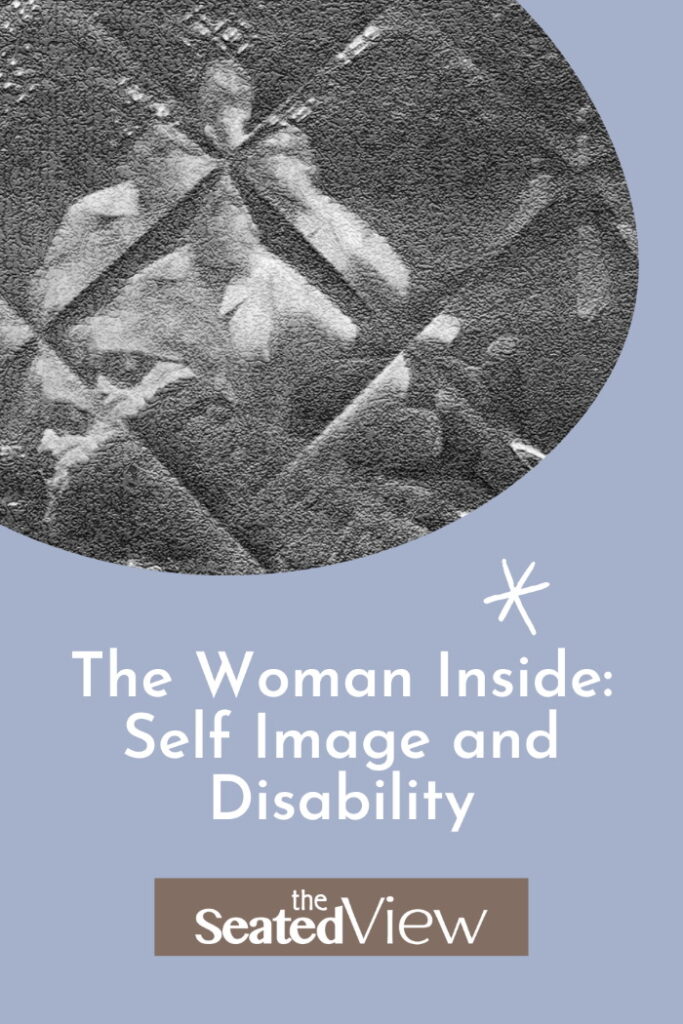
Tag:
Read More
Discover what else I've been writing about...


